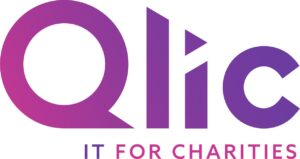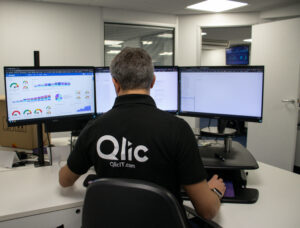As an organisation you are likely to be highly, if not completely, reliant on your IT infrastructure. With such advanced technology at our finger tips we sometimes forget just how much IT is integrated into every area of business. Despite this it is something that often gets taken for granted. We don’t give our IT a second thought while it is working well, and then when it goes wrong or starts to fail it causes major disruption. Whilst large corporates have huge internal IT departments, many SMEs do not have the resource in house to ensure that their IT infrastructure is delivering the best support, reliability and business efficiency. So how do you know how yours is performing? There are several steps you can take internally to produce and utilise a Best Practice Analysis, which we have detailed below for you. Don’t panic if that all sounds too much or if IT just isn’t your thing, you can enlist the help of a managed IT support company such as Qlic to take the stress out of your hands.
Perform an IT Audit
The first step is to assess your current infrastructure. Detail all the hardware, software and services that you are using, and audit how each is working. Speak to your third party suppliers and get an overview of the service you are using and how this compares the industry standard. This full audit will provide you with a good overview of your existing infrastructure and any areas which have outstanding problems or additional requirements.
Compile a Best Practice Analysis
Once you have collated all the information, you can then compile your Best Practice Analysis. This is a detailed document that should highlight any areas of concern within your existing system, any security risks or compliance issues and any problems that could affect business continuity in the future. Within your analysis you should also compile any renewals that are coming up and any software or solutions that need to be upgraded.
You should also research the current and future market. Are there any new technologies which you could take advantage of to improve your business processes? Are there any upcoming regulations e.g. GDPR which will affect the way that you work and therefore require new systems? Whilst it is always hard to know what is going to happen within your business, keeping up to date with the latest tech trends can have huge advantage on your business efficiency and profitability.
Retire, Maintain, Upgrade
Now that you have your Best Practice Analysis you are in a position to plan your hardware strategy. Using the results from your audit decide which services need to be retired, which are working well and need to be maintained and then which need to be upgraded. Use a traffic light system to grade which are critical and which can be done longer term.
Ongoing Monitoring
With your audit complete, your Best Practice Analysis compiled and your infrastructure plan in place your IT infrastructure should be working well. Make sure you schedule in regular health checks and maintenance to keep everything running smoothly and prevent unexpected failures.
If this all sounds like too much IT jargon or you just don’t have the resource internally to dedicate, then we are here to help. Our team is full of personable people with a love of IT, all ready to help you every step of the way from full site survey and audit through to complete managed support services. If you would like to find out more about Best Practice Analysis and what we can do for you get in touch with us now or visit www.qlicnfp.com/managed-it-services/managed-it-support/.




